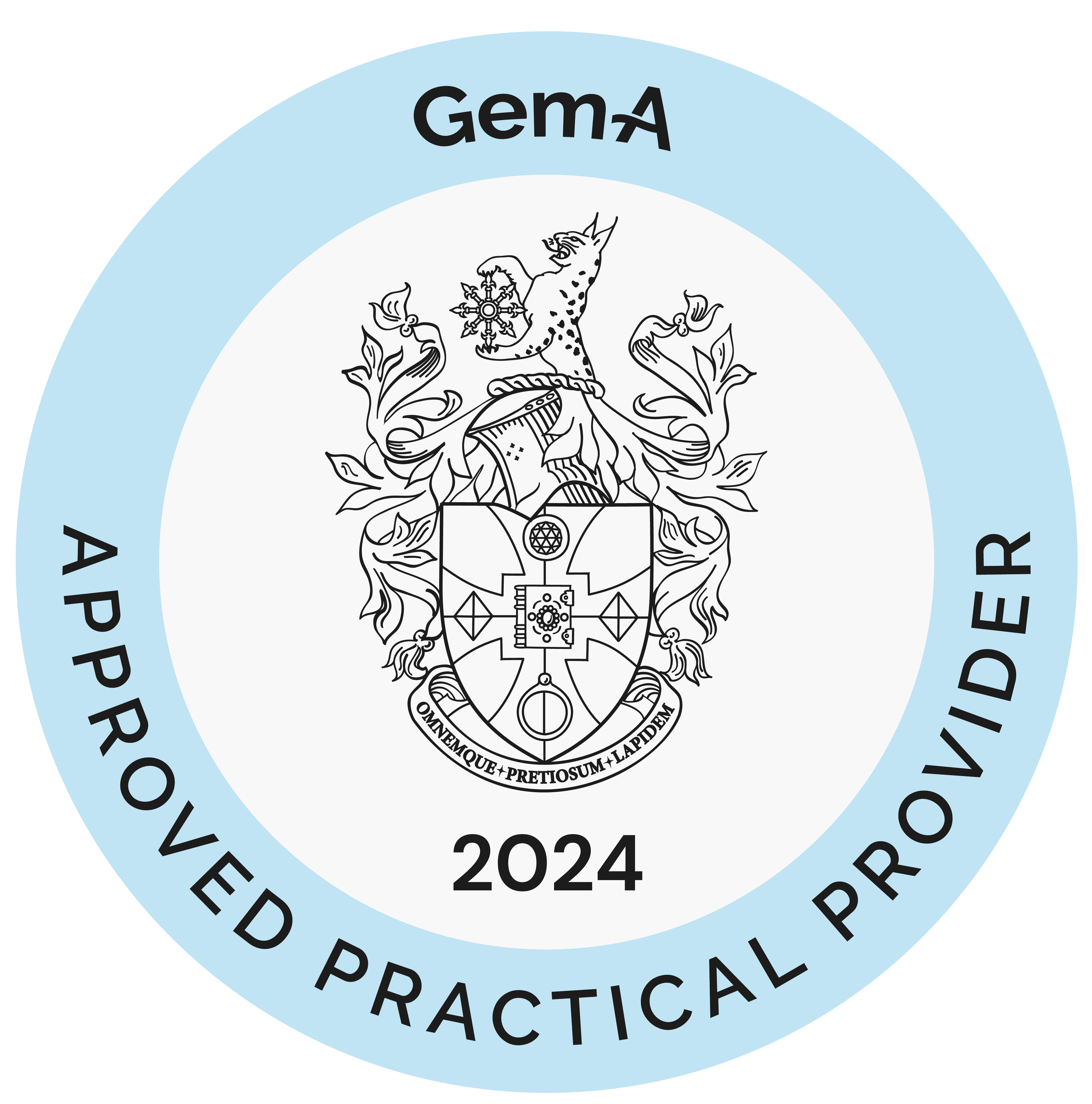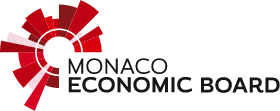
The insurance companies require, in case of theft, the proof of ownership, existence and value of the stolen goods, sometimes even the age, the state, by all means in your possession. What documents should be kept or reclaimed, especially for precious objects, as a preventive measure?
It should be noted that the basis is article 1353 of the Civil Code, which states that "He who claims the performance of an obligation must prove it. Conversely, one who claims to be discharged must justify the payment or the fact that produced the extinction of his obligation."
In case of theft, it is up to the insured to bring the proof that the stolen objects belonged to him, which is logical when you think about it, but in practice, it is difficult to gather all the documents, which leads some people to try to make some afterwards...
It is accepted that the theft must be reported to the insurer within two working days of becoming aware of it and after filing a complaint with the police, in accordance with article L113-2 of the insurance code.
The value of the stolen goods is established on the day of the loss within the framework of the amicable settlement of the loss with the insurer.
According to article L121-1 of the insurance code, "the indemnity due by the insurer to the insured cannot exceed the value of the insured item at the time of the loss", in other words, the indemnity must not be a source of unjust enrichment and corresponds to the value of the stolen item, no more and no less.
(Please note that the "replacement value" option does not correspond to a purchase price as I explained in my previous article).
Subject to regular internal audits, company inspectors point out deviations from their internal rules of application.
The Expert has to compose between the emotional trauma experienced by the insured, victim of a theft of his most expensive goods, and, wishing to be compensated quickly to the extent of his expectations, and the "internal note" of the insurance company at stake. Sometimes it is difficult to explain that no compensation will be paid because of the absence of convincing evidence or because the insured did not respect the prevention obligations written in his insurance contract (which few of us read in detail, it must be admitted, even among well-informed but negligent people on this point).
Also, to better anticipate these embarrassing situations, I suggest a quick overview of the documents to store in a safe place (make copies if you keep them in the safe which could also be stolen) in case of need.
The Expert must therefore propose an indemnity corresponding to the value of the good on the day of the accident according to the precise description of the latter normally appearing on the purchase invoice. I specify "normally" because in practice we note that the description is truncated or replaced by a reference specific to the store and incomprehensible. It is difficult, many years after the purchase, to find additional information.
Yet, according to the regulations in force, all the mandatory general information must be included starting with the precision of the model sold and the means of payment above 1000 euros since the decree of October 2015.
Indeed, the well-known brands, ranging from luxury accessories to tools, now produce series of the same model, modified year after year, in all its components, evolving most of the time with the technologies as far as computer hardware is concerned.
Sometimes in totality as explained to me by a manager of a well-known store specialized in the sale of bicycles, new materials have been introduced such as carbon and all the mechanics of the wheels and crankset have been revised; the 2010 model has nothing to do with the one of 2018 and yet it still bears the same commercial name!
Each year, the new year introduces new functions that cannot be retained under penalty of not respecting the indemnity principle.
Consequently, the price varies and to illustrate the point quickly, claiming the replacement of a ROLEX watch without indicating the reference, the precise year of the model purchased, or the type of bracelet or other accessories (diamond) is not enough, as the price differences are significant.
The precise reference of the model appearing on the invoice will enable us to find its price, failing which the Expert will have to base himself on the cheapest model because it is up to the insured to bring the proof of the existence of the good as we have indicated above.
All too often, policyholders postpone the need for a preliminary estimate because they do not think they need it. Except that the day when it is necessary to produce proof .... we realize that the documents that had been well preserved for a certain time, remain untraceable or incomplete.
For those who had asked for the services of an auctioneer, the detailed inventory makes it possible to find the prices for equivalent objects. Sometimes, a specialized expert is necessary to detail the period, the style, the authenticity because too many cases of forgery are circulating.
On the other hand, the notarized inventory or those made by jewelers remain rather on a generic description (absence of weight for the jewels, identification of metals or other precise points allowing to identify the object), there again this type of document can be a source of confusion for the exploitation of these data within the framework of a claim to the insurance company.
The photograph often comes in complement of a detailed inventory established by an Expert who engages his responsibility by indicating clearly his name and his quality, at least.
The characteristics are usually well mentioned on this type of document; the price and/or the name of the buyer are missing. Goods supported by a certificate of warranty or authenticity can be classified as "proof of existence" only.
With this document, you can request a replacement quote for the same or similar model from the supplier.
The information on the receipt is sometimes close to the invoice, in other cases, if the product or the buyer is not identified, it is advisable to attach, for example, a photograph taken in an everyday situation to attest to the ownership of the missing item. It is hard to believe that all the items on the receipt were stolen on the same day ..... Here again, the claim must correspond to the goods declared stolen on the complaint form. Some people tend to provide too many receipts.
Photographs alone cannot be considered as proof of the value of the object; everyone understands that the reproduction of the object on a sheet of paper cannot certify the quality of the latter (gold or gold-plated, diamond or colorless glass?).
Taken in close-up, photographs of jewelry or other movable objects cannot be a proof of ownership. I may as well photograph the window of my jeweler!
On the other hand, in real life situations, photography does not allow to see the object in its entirety. "Yes, look at my ring on my hand placed on the shoulder of the bride ...."
In short, the valuation of jewelry justified by photographs are subject to different rules depending on the insurance company and mutual.
Packaging, testimonies, bank statements and other documents such as delivery notes are not considered to be indisputable proof of the existence, ownership and value of the object in the event of theft. The assessment varies according to the insurance company and the particular case.



